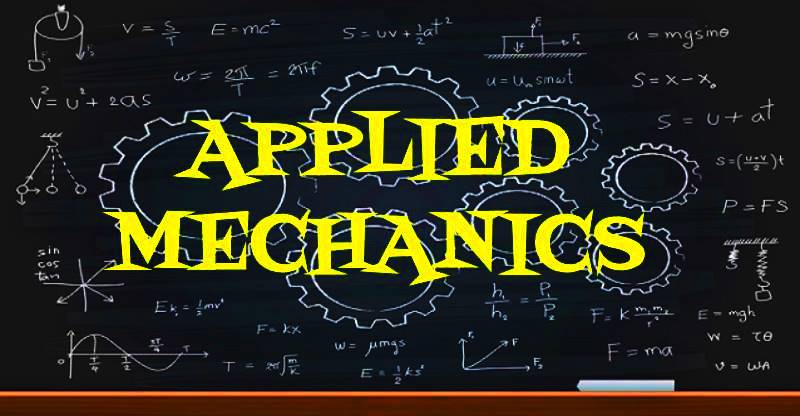LAWS OF MOTION
EQUATIONS OF MOTION:
(i) Consider the motion of a body with uniform acceleration ‘a’
Let,
u = Initial velocity
v = Final velocity
t = Time taken for change of velocity from u to v
As we know that acceleration is rate of change of velocity,
Acceleration, a = [frac up=”change of velocity” down=”time”]
a = [frac up=”v – u” down=”t”]
v – u = a.t
v = u + a.t
(ii) Displacement, s = Average Velocity x Time
s = [frac up=”v + u” down=”2″] x t
s = [frac up=”u + a.t + u” down=”2″] x t
s = [frac up=”2u + a.t” down=”2″] x t
s = [frac up=”2.u.t” down=”2″] + [frac up=”1″ down=”2″] a.t2
s = u.t + [frac up=”1″ down=”2″] a.t2
(iii) Displacement, s = Average Velocity x Time
s = [frac up=”v + u” down=”2″] x t
s = [frac up=”v + u” down=”2″] x [frac up=”v – u” down=”a”]
s = [frac up=”v2 – u2” down=”a”]
v2 – u2 = 2.a.s
v2 = u2 + 2.a.s
MOMENTUM
It is the quantity of motion possessed by a body moving in a straight line and is the product of mass of the body and its velocity.
If
m = mass of a body
V = Velocity of the body
Momentum = Mass x Velocity
Momentum = m x V
Unit of momentum is kg m/s.
When a heavy object moving with a certain velocity hits us, the effect produced by it is, much more than a lighter one moving with the same velocity. Similarly, for the same mass, the effect produced is greater for greater velocity. Thus, we conclude that the effect produced by a moving body depends upon its mass and velocity it possesses.
IMPULSE AND IMPULSIVE FORCE
The force which acts for a very short duration of time and yet produces considerable change in momentum of the body on which it acts, is known as impulsive force and the total change of momentum caused by an impulsive force is known as impulse.
The blow of hammer and the collision of two bodes are the examples of two such instances where the force that acts is of very high magnitude and the time interval is very small. Under such circumstances, it becomes difficult either to measure the force or the interval of time during which it is applied. So, in such cases, the force is measured by the change of momentum of the body on which it acts. Thus, if F is such a force which acts on a body of mass m for a very small interval of time t and changes the velocity of the body form u to v, then from Newton’s Second law of motion.
F = [frac up=”mv – mu” down=”t”]
F x t = m(v – u) = change of momentum
The product of F x t is called the Impulse and F is the Impulsive Force.
CONSERVATION OF MOMENTUM
It states when two or more than two bodies collide, the total momentum before impact is equal to total momentum after impact.
Whenever two bodies collides, an impulsive force acts on each body during their impact. According to Newton’s third law of motion, action and reaction are equal and opposite. So, in this case, there will be equal and opposite impulsive forces acting on the bodies. Impulse is measured by change in momentum. Hence, change of momentums of the bodies will be equal and opposite, which means, the net change in momentum of the system is zero. Thus, whatever will be the momentum of the system before impact, the same will be after the impact.
Let two bodies of mass m1 and m2 have initial velocities u1 and u2 respectively. After the collision, say their velocities becomes v1 and v2
According to law of conservation of momentum,
Momentum before collision = Momentum after collision
m1.u1 + m2.u2 = m1.v1 + m2.v2
If the collision takes place between two inelastic bodies, they will remain together after impact and move with the same velocity. In such case,
m1.u1 + m2.u2 = v (m1 + m2)
When the bodies, which collide, are elastic bodies then they will separate from each other and move with different velocities after the impact. In that case,
m1.u1 + m2.u2 = m1.v1 + m2.v2
RELATED VIDEOS:
